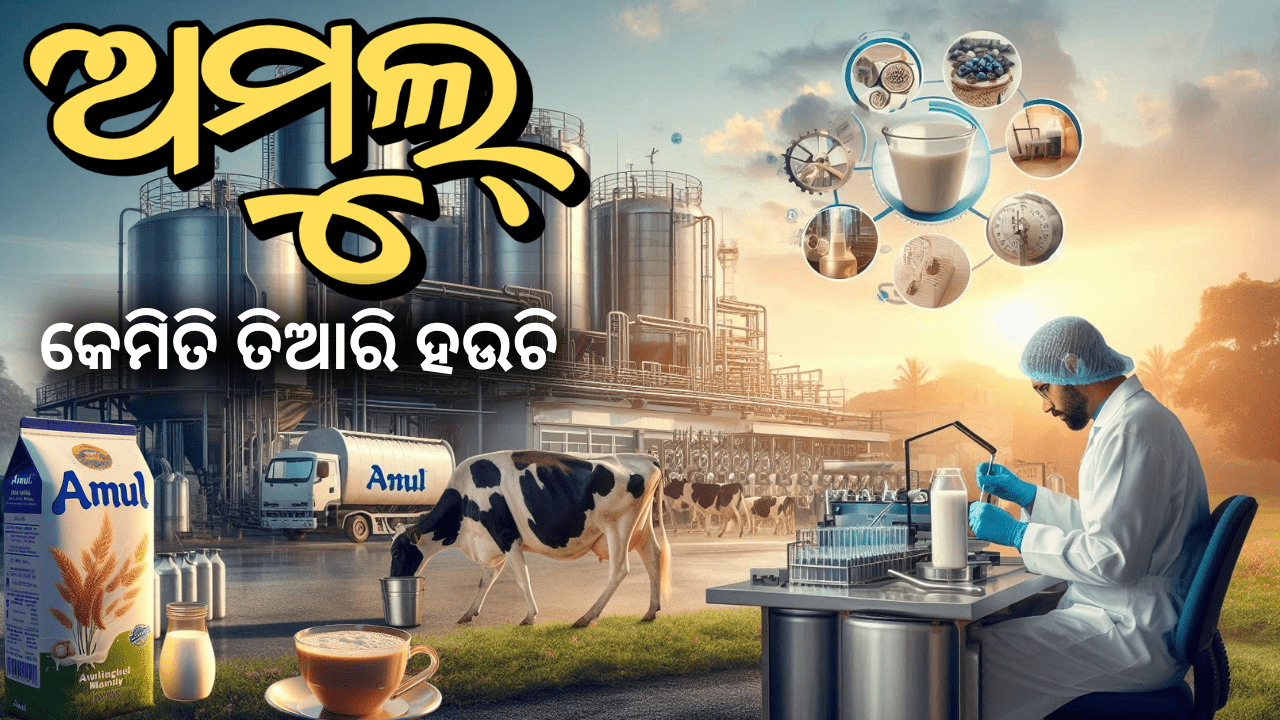How Beer is Made in Factory: A Step-by-Step Guide to Brewing
Table of Contents
ToggleBeer is one of the world’s oldest and most beloved beverages, enjoyed across cultures for thousands of years. While craft breweries emphasize artisanal techniques, large-scale beer production in factories combines tradition with cutting-edge technology to meet global demand. In this article, we dive into the fascinating process of how beer is made in a factory, from raw ingredients to the finished product.
Key Ingredients in Beer Production
Before exploring the factory process, let’s break down the four primary ingredients used in beer-making:
- Water: Makes up 90–95% of beer and affects its flavor profile.
- Malted Barley: Provides fermentable sugars and contributes to color and aroma.
- Hops: Adds bitterness, flavor, and aroma while acting as a natural preservative.
- Yeast: Converts sugars into alcohol and carbon dioxide during fermentation.
- Adjuncts (optional): Ingredients like rice, corn, or wheat used to adjust flavor, cost, or texture.
The Beer-Making Process in a Factory
Here’s a detailed look at the industrial brewing process:
1. Malting
- Goal: Activate enzymes in barley to convert starches into fermentable sugars.
- Process: Barley grains are soaked in water, germinated, and then dried in a kiln. The level of kilning determines the malt’s color (e.g., pale malt for lagers, dark malt for stouts).
2. Milling
- The malted barley is crushed into a coarse powder called grist to expose the starch-rich interior.
3. Mashing
- Goal: Extract sugars from the grist.
- Process: The grist is mixed with hot water in a mash tun (large vessel). Enzymes break down starches into sugars, creating a sweet liquid called wort.
4. Lautering
- The wort is separated from the spent grain husks in a lauter tun. The leftover grains are often repurposed as animal feed.
5. Boiling
- Goal: Sterilize the wort and add hops.
- Process: The wort is boiled in a brew kettle for 60–90 minutes. Hops are added at different stages:
- Bittering Hops: Added early for bitterness.
- Aroma Hops: Added late for flavor and fragrance.
6. Fermentation
- Goal: Convert sugars into alcohol.
- Process: The cooled wort is transferred to fermentation tanks, and yeast is added.
- Ales: Fermented at warmer temperatures (15–24°C) with top-fermenting yeast.
- Lagers: Fermented at cooler temperatures (7–13°C) with bottom-fermenting yeast.
- Fermentation takes 1–3 weeks, depending on the beer type.
7. Conditioning (Maturation)
- The beer is aged in tanks to develop flavor, clarity, and carbonation. For lagers, this stage can take several weeks.
8. Filtering and Carbonation
- The beer is filtered to remove residual yeast and particles. Carbonation is added naturally (via secondary fermentation) or artificially (CO2 injection).
9. Packaging
- The finished beer is bottled, canned, or kegged. Factories use high-speed bottling lines capable of filling thousands of units per hour.
10. Quality Control
- Every batch undergoes rigorous testing for alcohol content, flavor, clarity, and microbiological safety.
Regional Insights: How Beer is Made in India
India’s beer industry blends international practices with local preferences:
- Popular Styles: Lager dominates the market, but craft breweries are experimenting with IPAs, stouts, and wheat beers.
- Ingredients: Malted barley is often imported, while adjuncts like rice or corn are used to lighten the body and reduce costs.
- Regulations: Strict alcohol laws influence production and distribution, with states like Maharashtra and Karnataka being major hubs.
Inside a Modern Beer Factory
- Automation: Advanced factories use programmable logic controllers (PLCs) to monitor temperature, pressure, and fermentation stages.
- Sustainability: Many breweries recycle water, repurpose spent grains, and use renewable energy to reduce their environmental footprint.
- Scale: Large factories like Heineken or Budweiser produce millions of liters annually, with global distribution networks.
Frequently Asked Questions
Q: How long does it take to make beer in a factory?
- From malting to packaging, the process takes 3–8 weeks, depending on the beer type.
Q: What’s the difference between factory-made and craft beer?
- Factory beer prioritizes consistency and scale, while craft beer emphasizes small batches and experimental flavors.
Q: How is non-alcoholic beer made?
- Alcohol is removed via vacuum distillation, reverse osmosis, or arrested fermentation.
Q: Are beer factory workers involved in every step?
- Yes! Workers oversee machinery, quality checks, and maintenance, though automation handles repetitive tasks.
Conclusion
The journey of how beer is made in a factory is a blend of science, tradition, and engineering precision. Whether it’s a crisp lager brewed in India or a global brand like Heineken, the process ensures that every sip meets rigorous standards of taste and quality. Next time you enjoy a cold beer, you’ll appreciate the complex craftsmanship behind it!
Keywords: How beer is made in factory, beer factory, beer making process in factory, how beer is made in India, Heineken beer factory tour, beer factory process, inside beer factory, factory beer making, beer factory workers.
BeerProduction #BreweryProcess #BeerFactory #HowItsMade #CraftBeer #BrewingScience
🌐 Explore more articles on industrial processes and food production on our channel! 🍻






